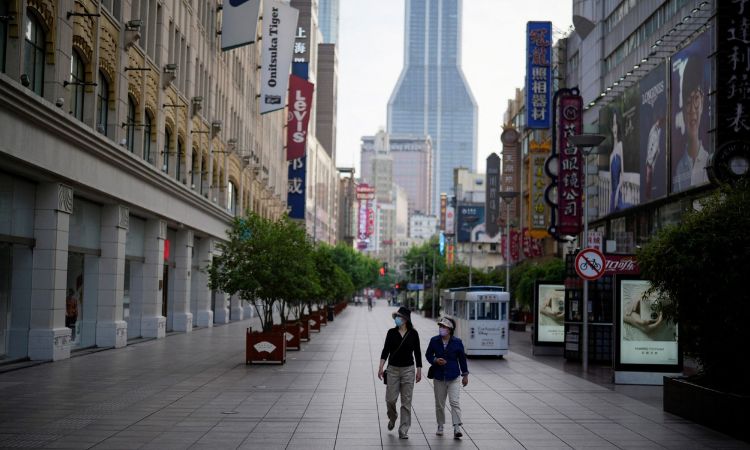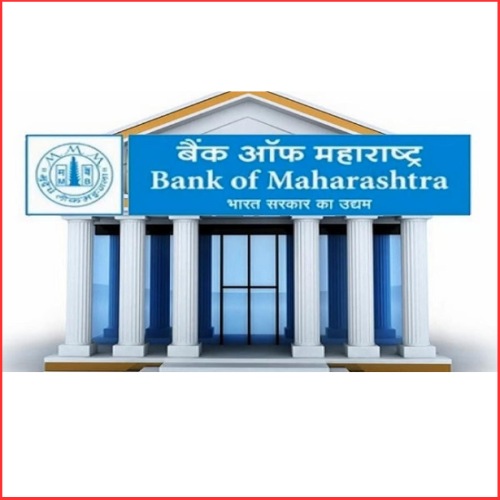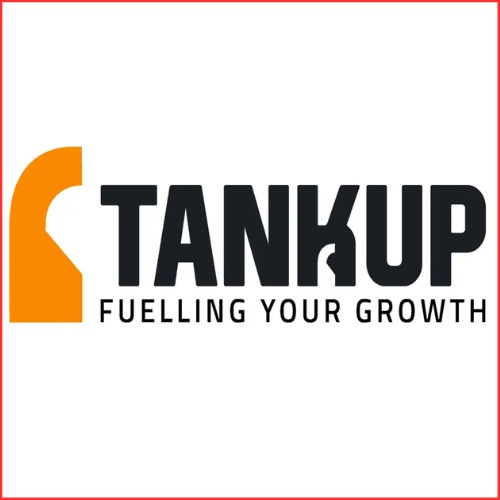The economy of China is facing a challenging scenario as rising interest rates and inflation dampen demand in the United States and Europe, while the country battles a significant decline in prices. The producer price index (PPI) fell at the fastest pace in seven years in May, indicating a slowing manufacturing sector and raising concerns about deflationary risks.

Additionally, China’s consumer price index (CPI) recorded a modest increase, missing forecasts. This article examines the current economic situation in China, including the decline in factory gate prices, weakening demand, and potential policy responses.
Factory Gate Prices Plunge Amidst Faltering Demand:
China’s factory gate prices, as measured by the PPI, experienced an eighth consecutive monthly decline in May, dropping by 4.6%. This decline exceeded expectations and marked the sharpest fall since February 2016. The weakening demand from key overseas markets resulted in factories receiving lower prices for their products, posing a significant challenge to the country’s manufacturing and services sector. Economists, including Zhiwei Zhang, chief economist at Pinpoint Asset Management, have expressed concerns about the economy’s vulnerability to deflationary pressures due to these persistent declines in factory gate prices.
Cooling Economic Indicators Raise Alarm:
Despite faster-than-expected growth in the first quarter, recent economic indicators in China point to a rapid weakening of demand. May witnessed a decline in exports, imports, and factory activity, highlighting the challenges faced by the economy. The cooling trend across various sectors suggests a fragile economic recovery and raises questions about the sustainability of growth in the near term.
Modest Consumer Price Increases and Inflation Outlook:
China’s CPI registered a slight year-on-year increase of 0.2% in May, slightly faster than the previous month. However, this increase fell short of the forecasted 0.3% rise. Notably, food price inflation, a key driver of CPI, slowed down to 1.0% year-on-year, compared to 2.4% in the previous month. On a month-on-month basis, food prices even experienced a decline of 0.7%. These figures suggest limited inflationary pressures in the economy, providing some respite amidst the broader economic challenges.
Monetary Policy Responses and Outlook:
Chinese policymakers have indicated their intention to rely on domestic demand to sustain economic growth, considering the weakening global demand environment. However, monetary and fiscal policies have remained tight, suppressing domestic demand along with lower income growth. Some economists anticipate that the People’s Bank of China (PBOC) may implement measures such as interest rate cuts or injecting more liquidity into the financial system to stimulate economic activity. The PBOC had already reduced lenders’ reserve requirements ratio in March to ease liquidity constraints.
Downgraded Growth Forecasts and Policy Support:
Analysts have revised their economic growth forecasts for China, reflecting the ongoing signs of a slowdown. The government has set a modest GDP growth target of around 5% for this year, after missing the goal for 2022. Despite the challenges, experts like Julian Evans-Pritchard, head of China economics at Capital Economics, believe that inflation will remain within policymakers’ comfort zone and not impede increased policy support. The government’s inflation target of around 3% is unlikely to be tested.
Conclusion:
China’s economy is grappling with a unique set of challenges as rising interest rates and inflation in the United States and Europe squeeze global demand, while domestic factors contribute to declining prices and weakening economic indicators. The decline in factory gate prices and faltering demand raise concerns about deflationary risks and the sustainability of the economic recovery. However, economists expect policymakers to introduce measures to support domestic demand, potentially














